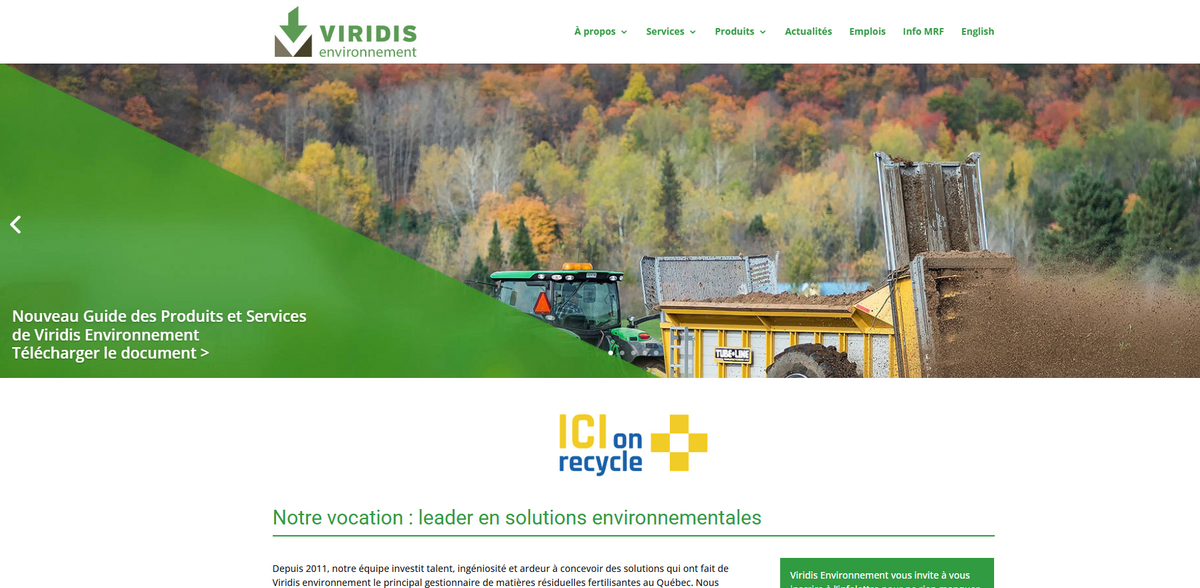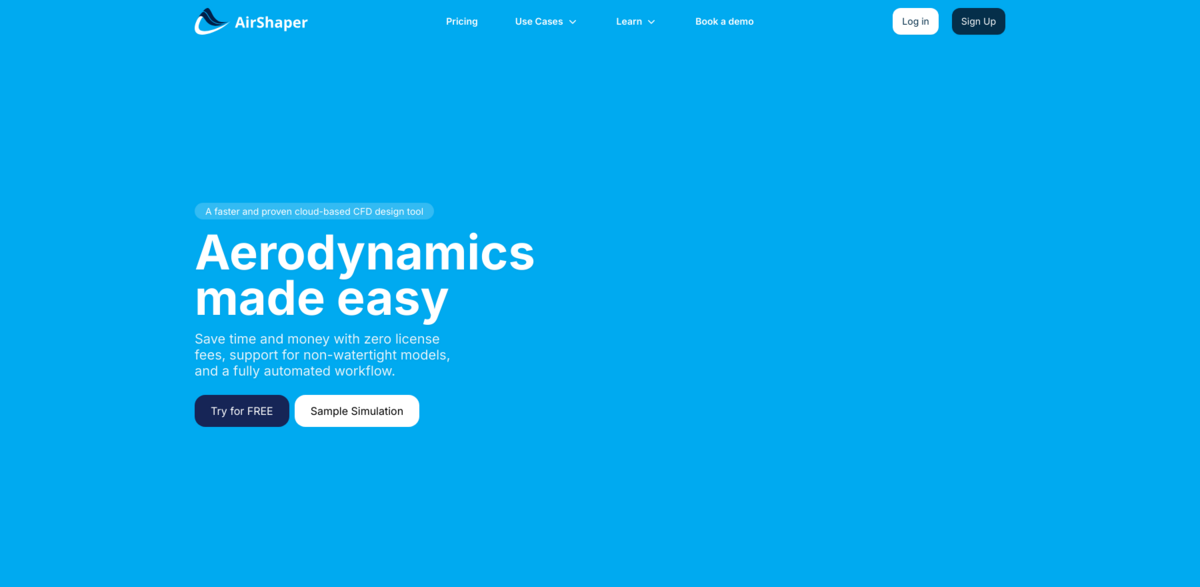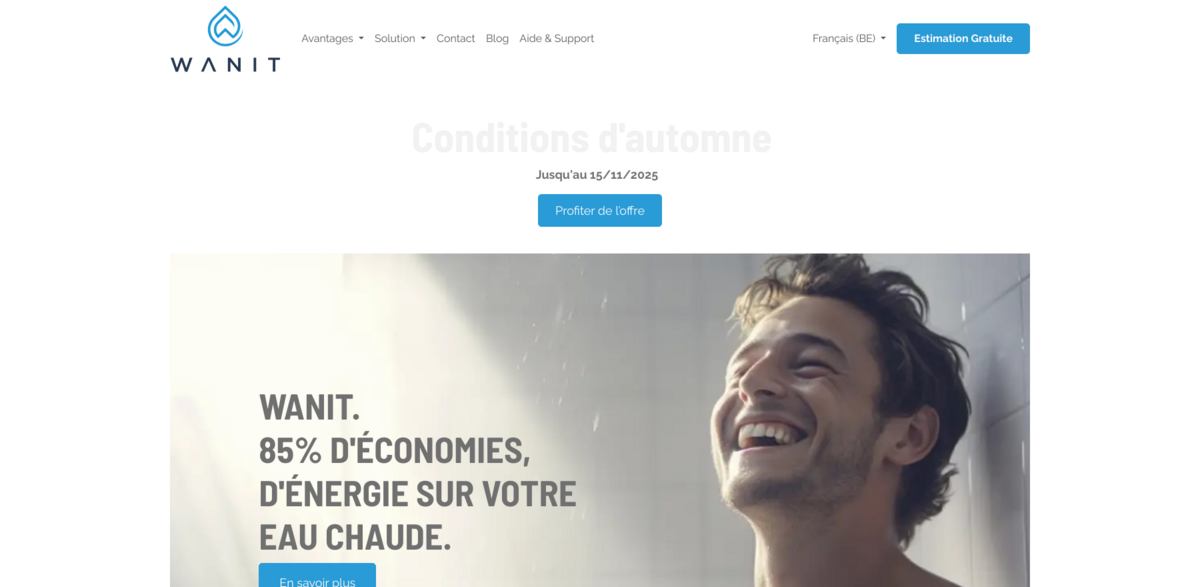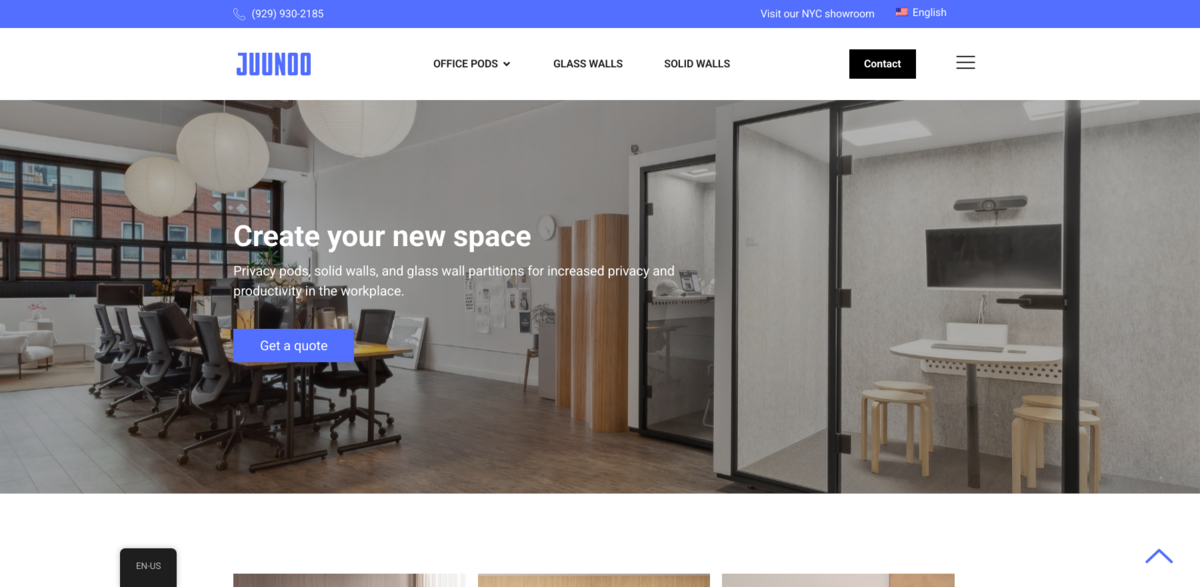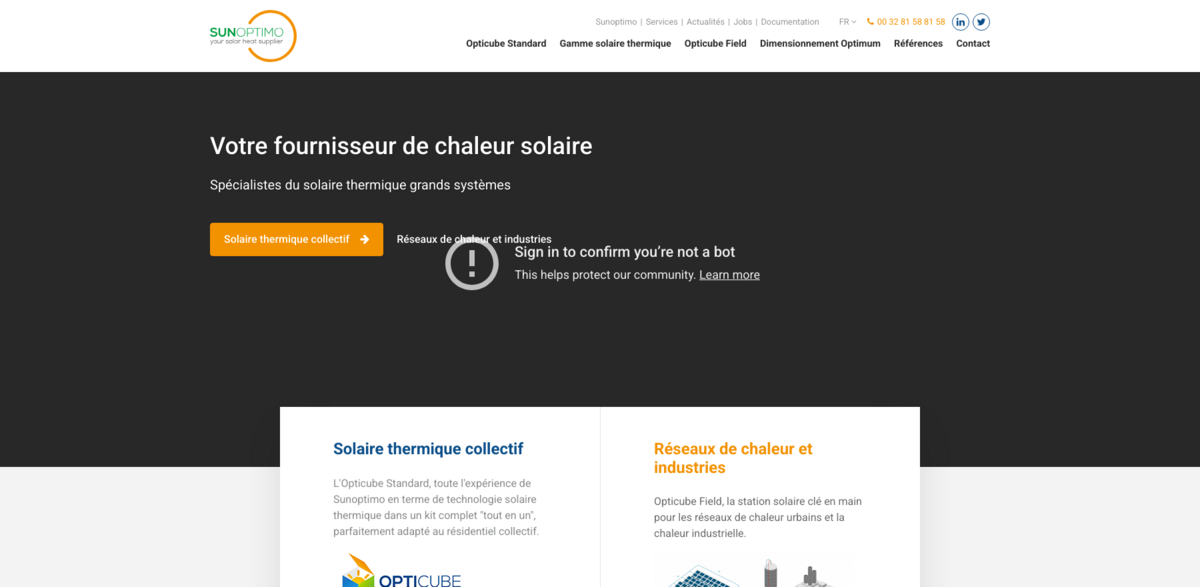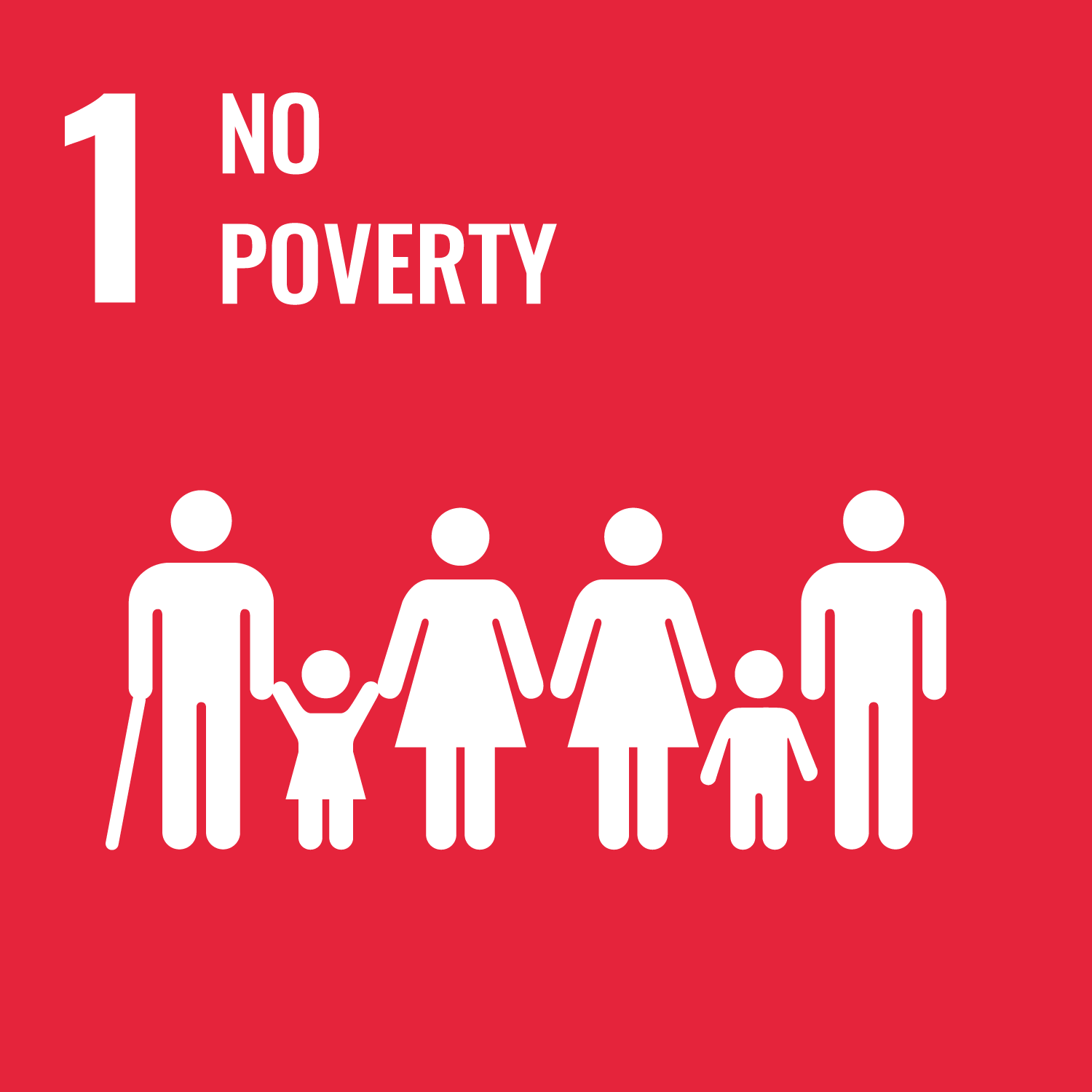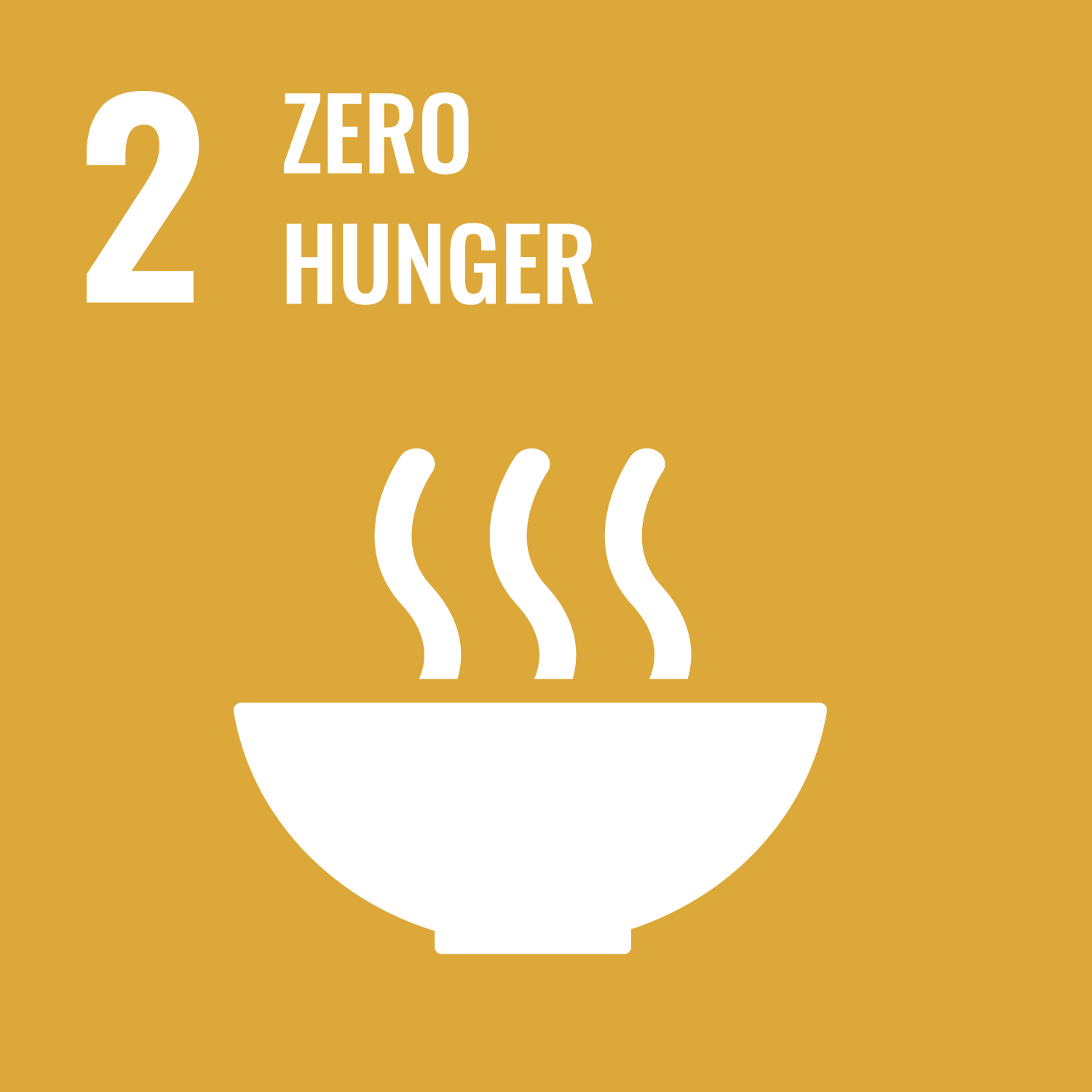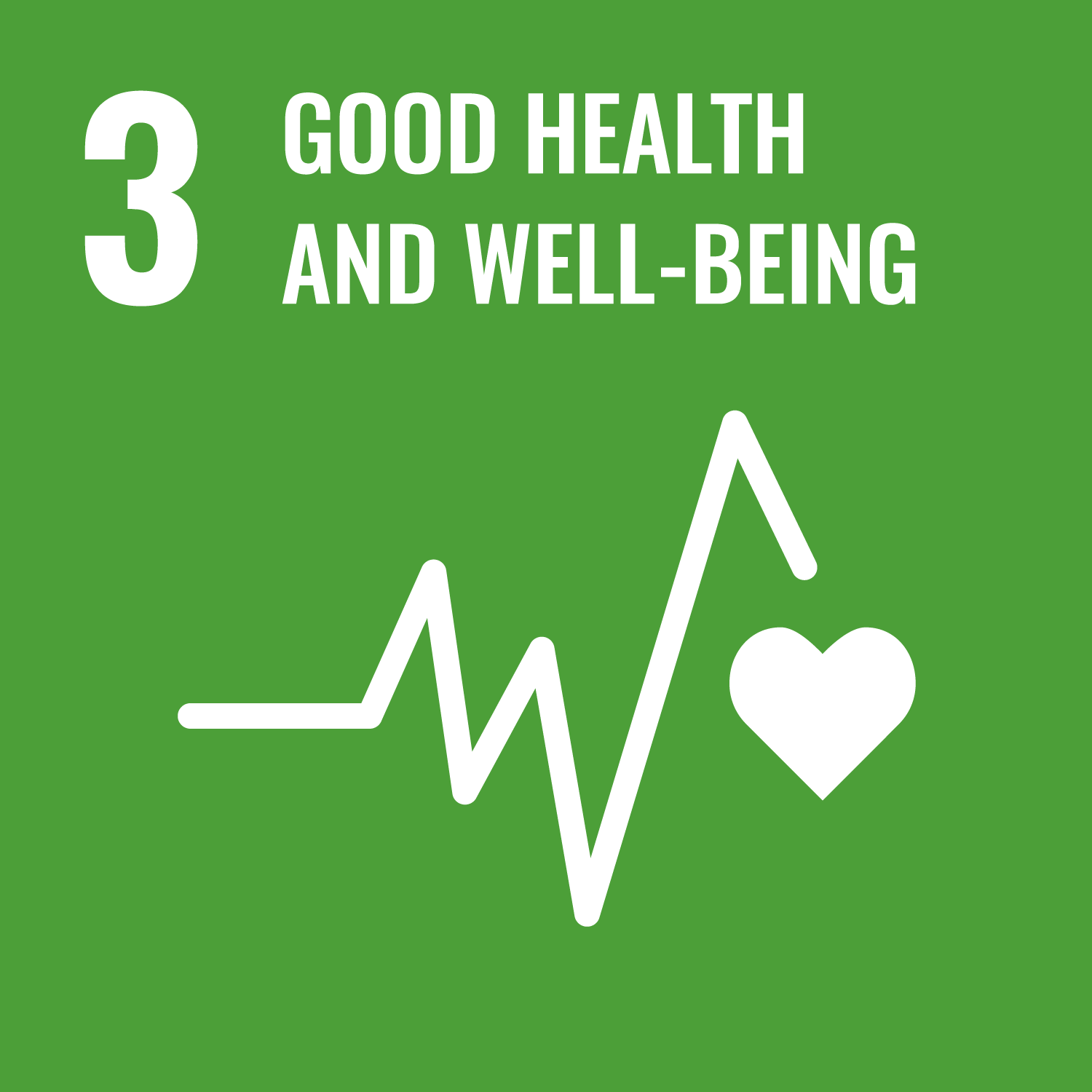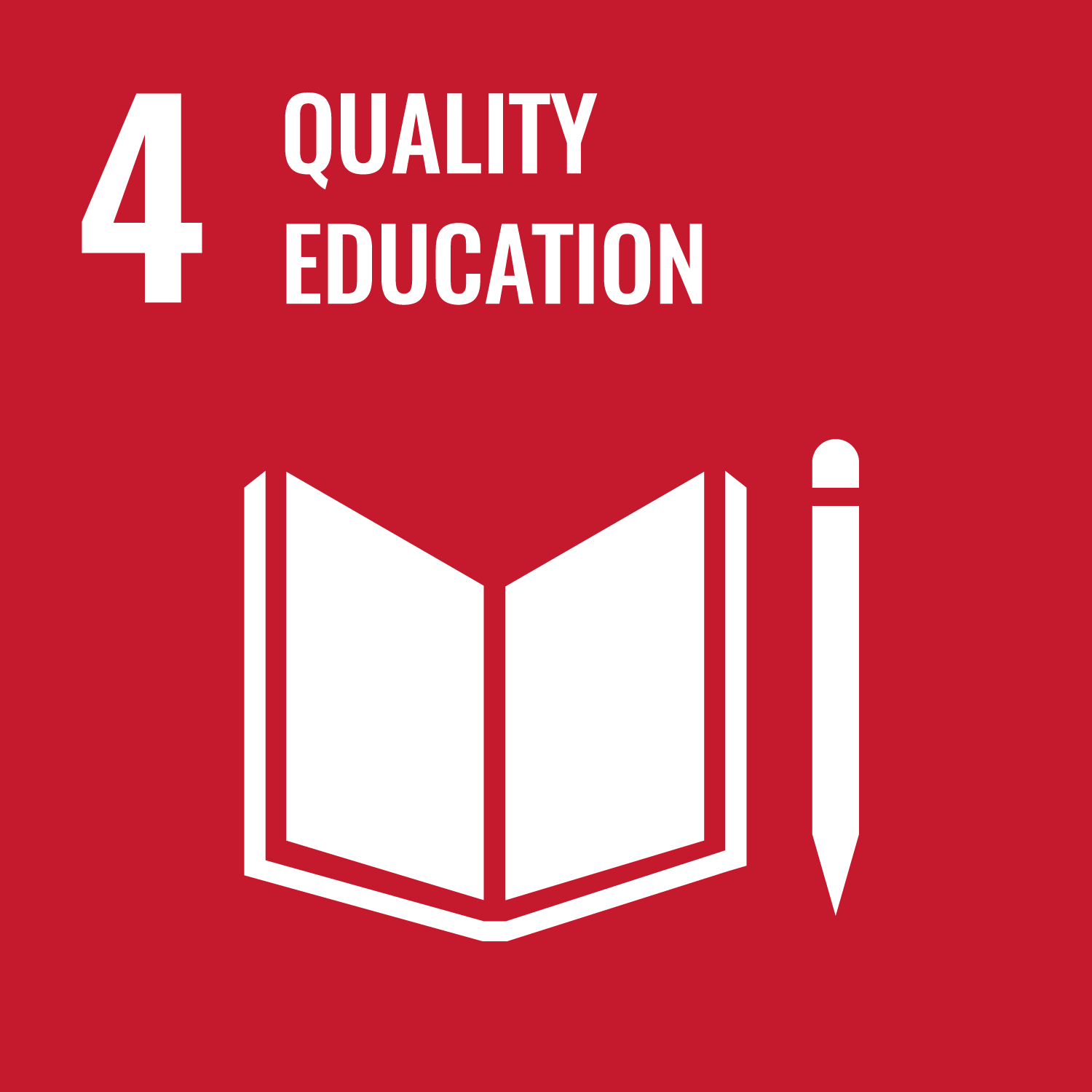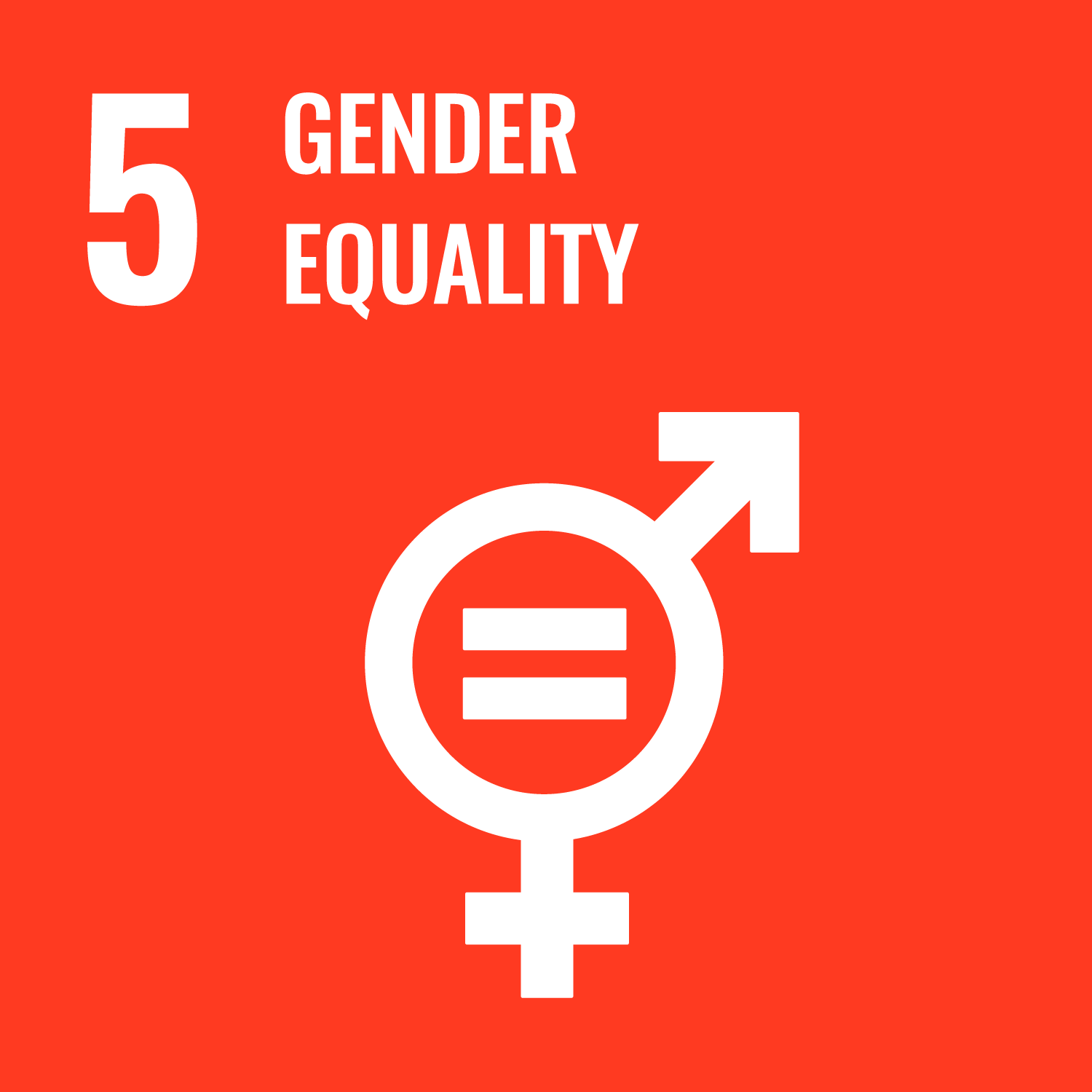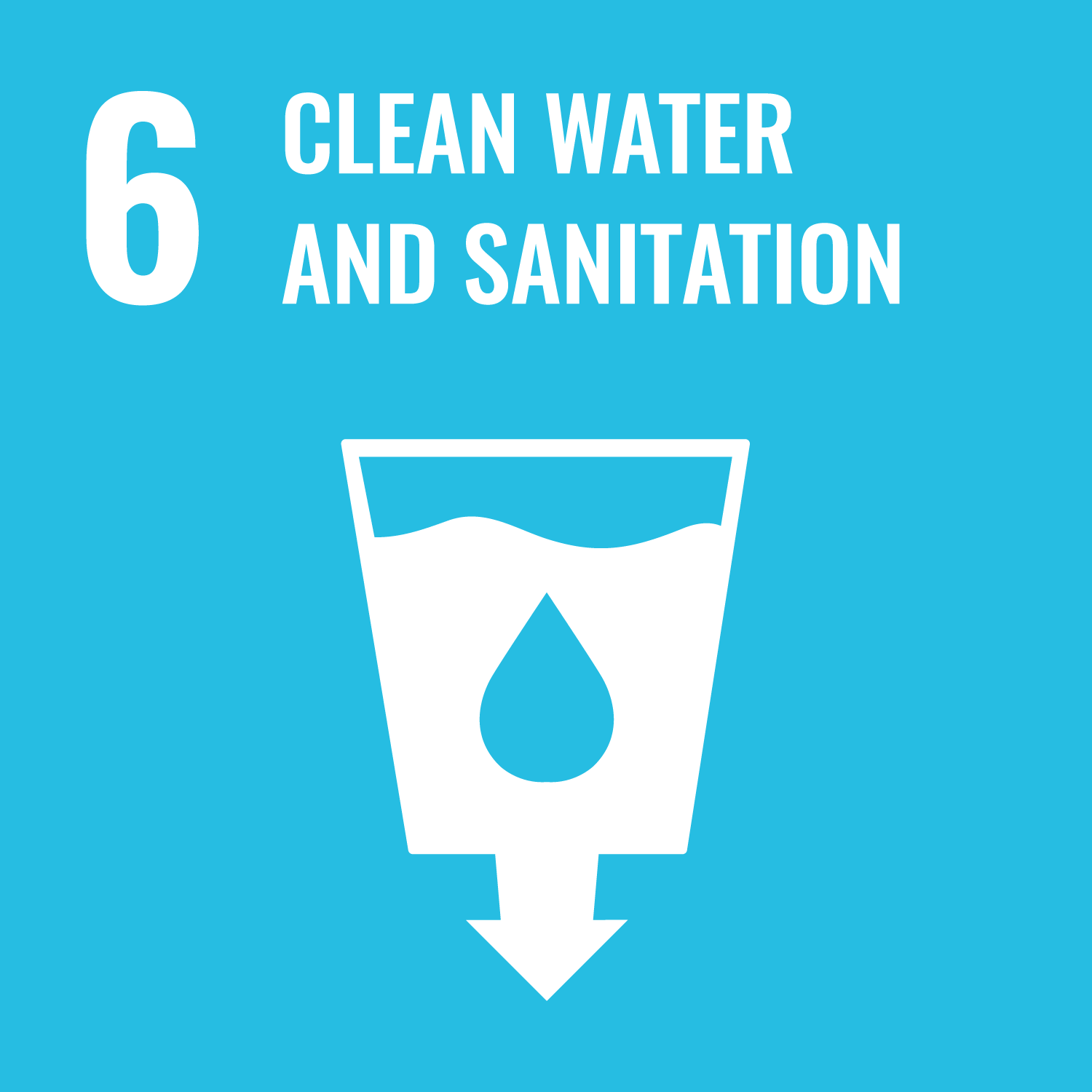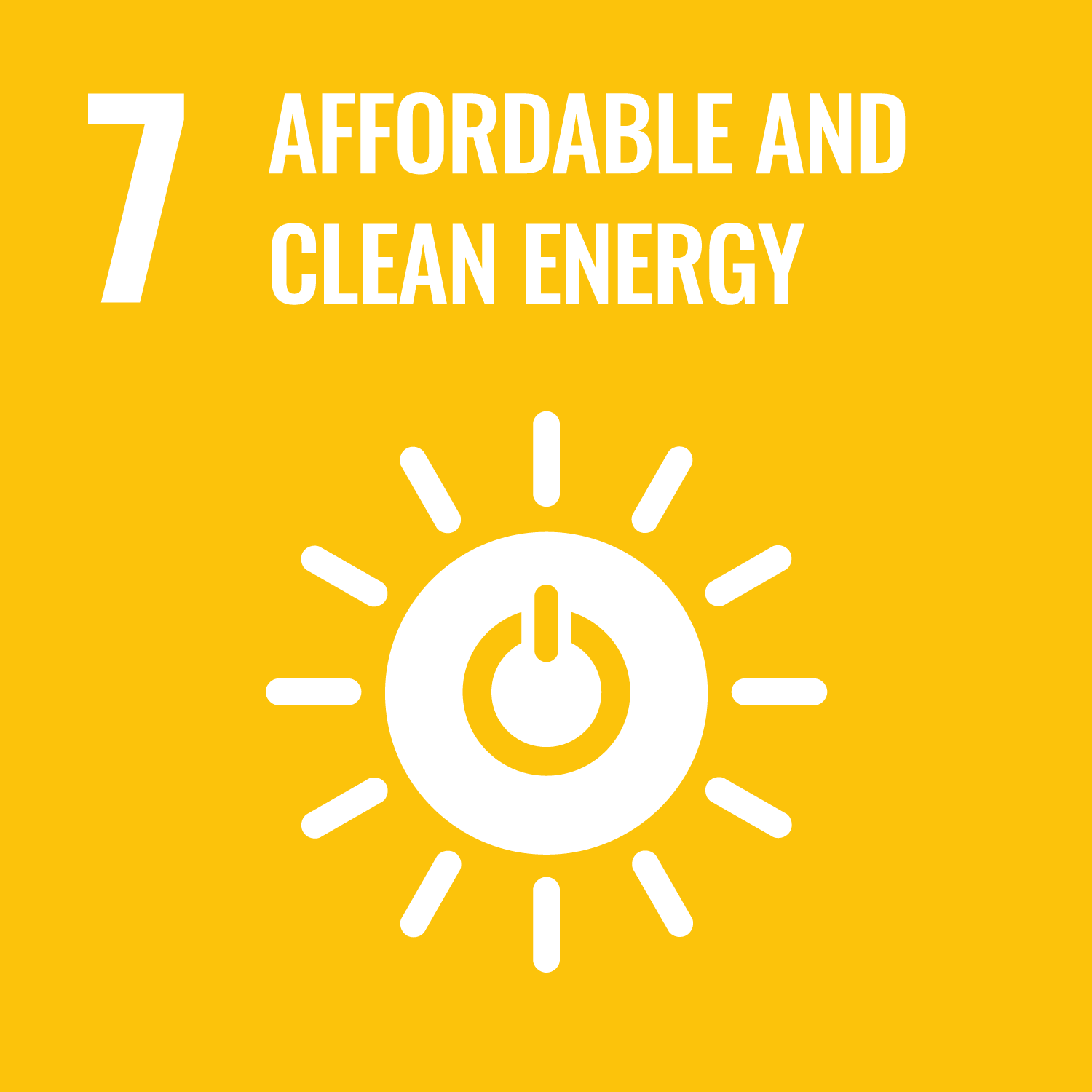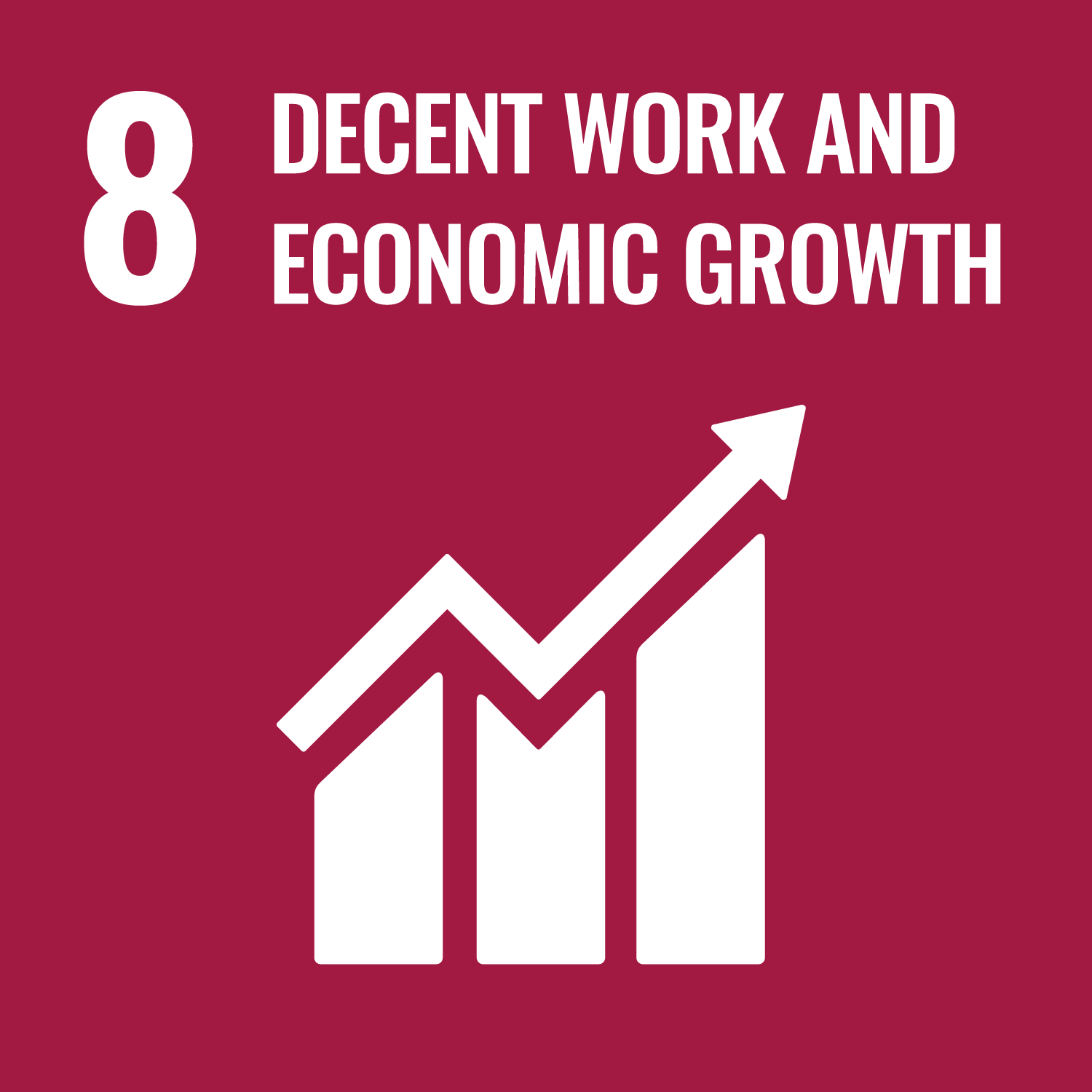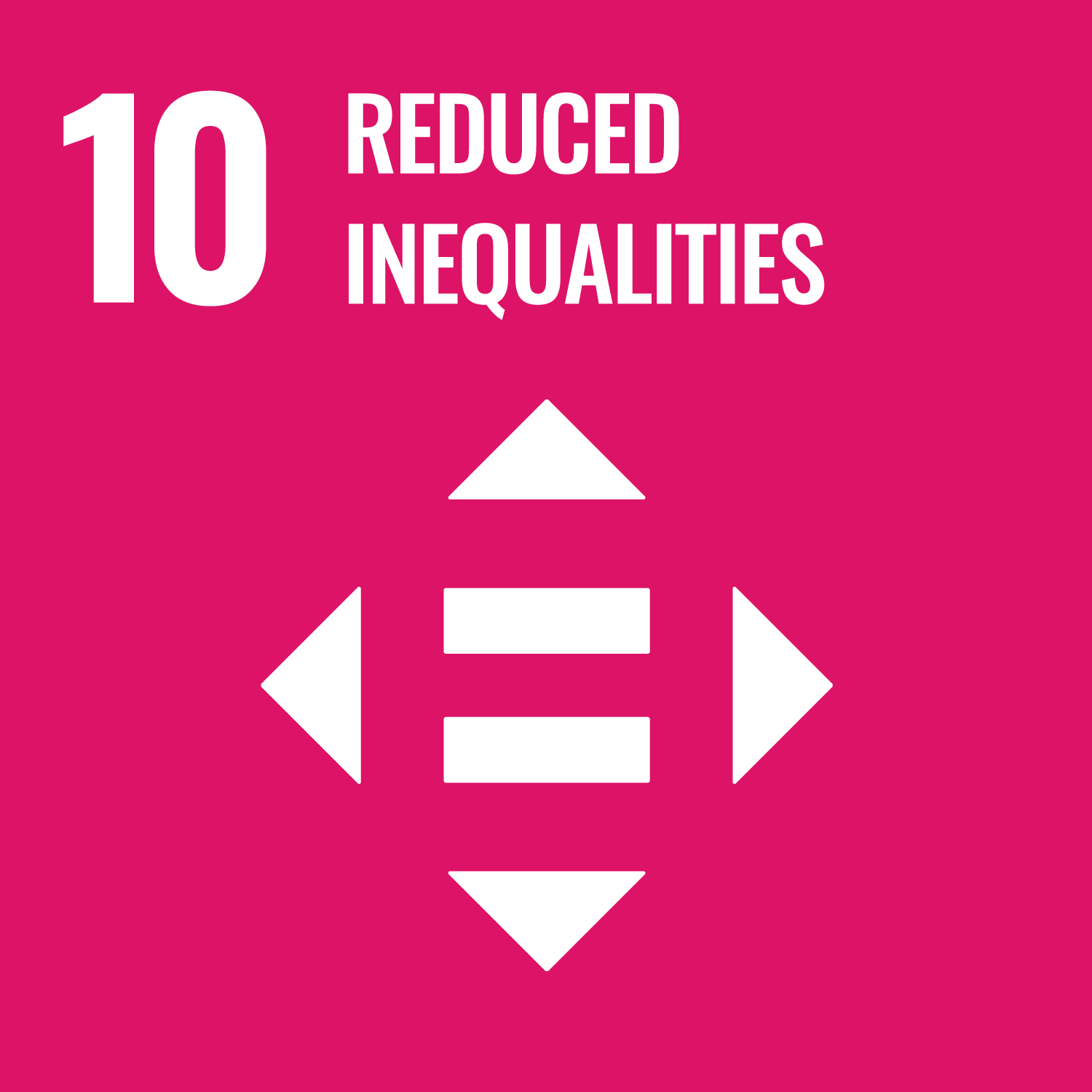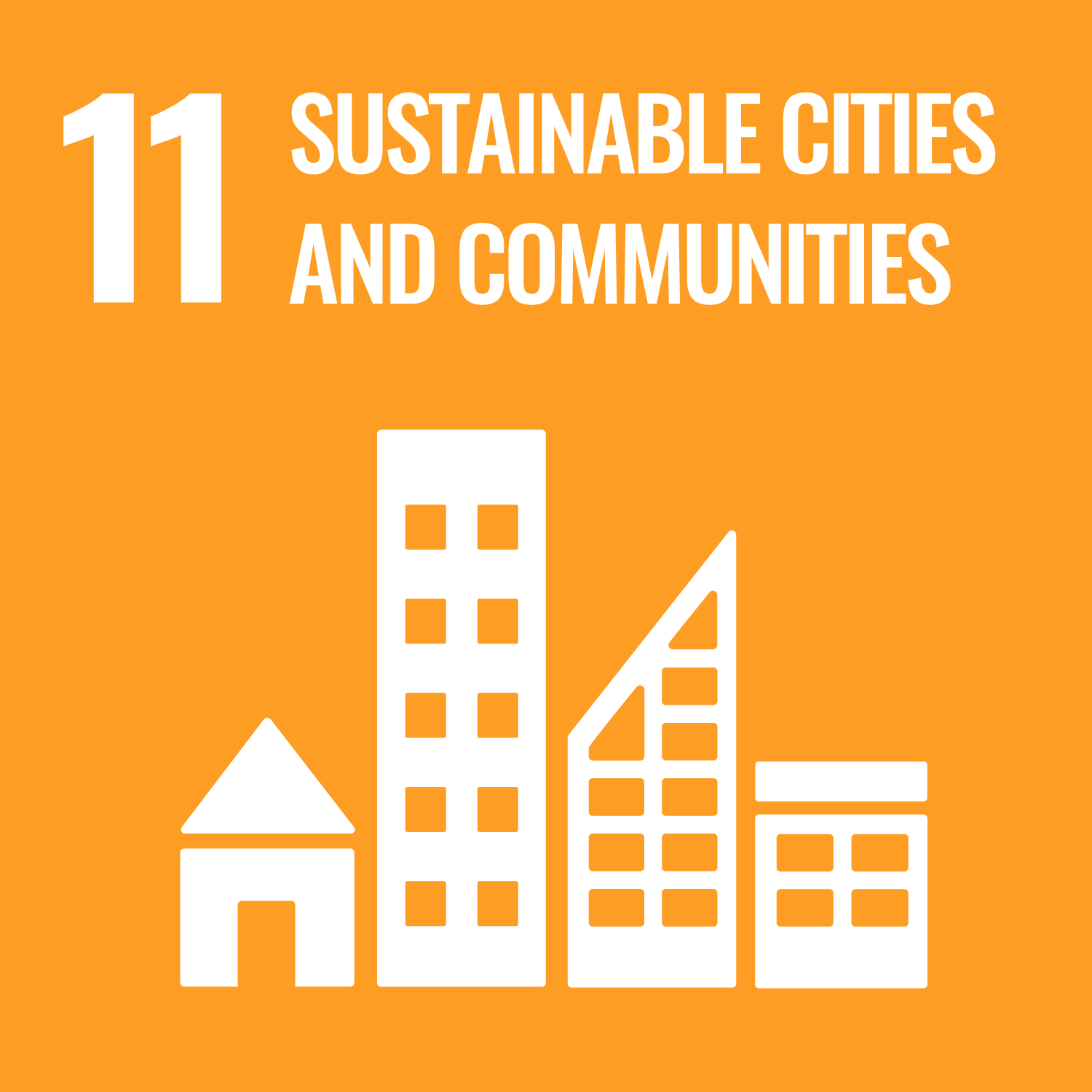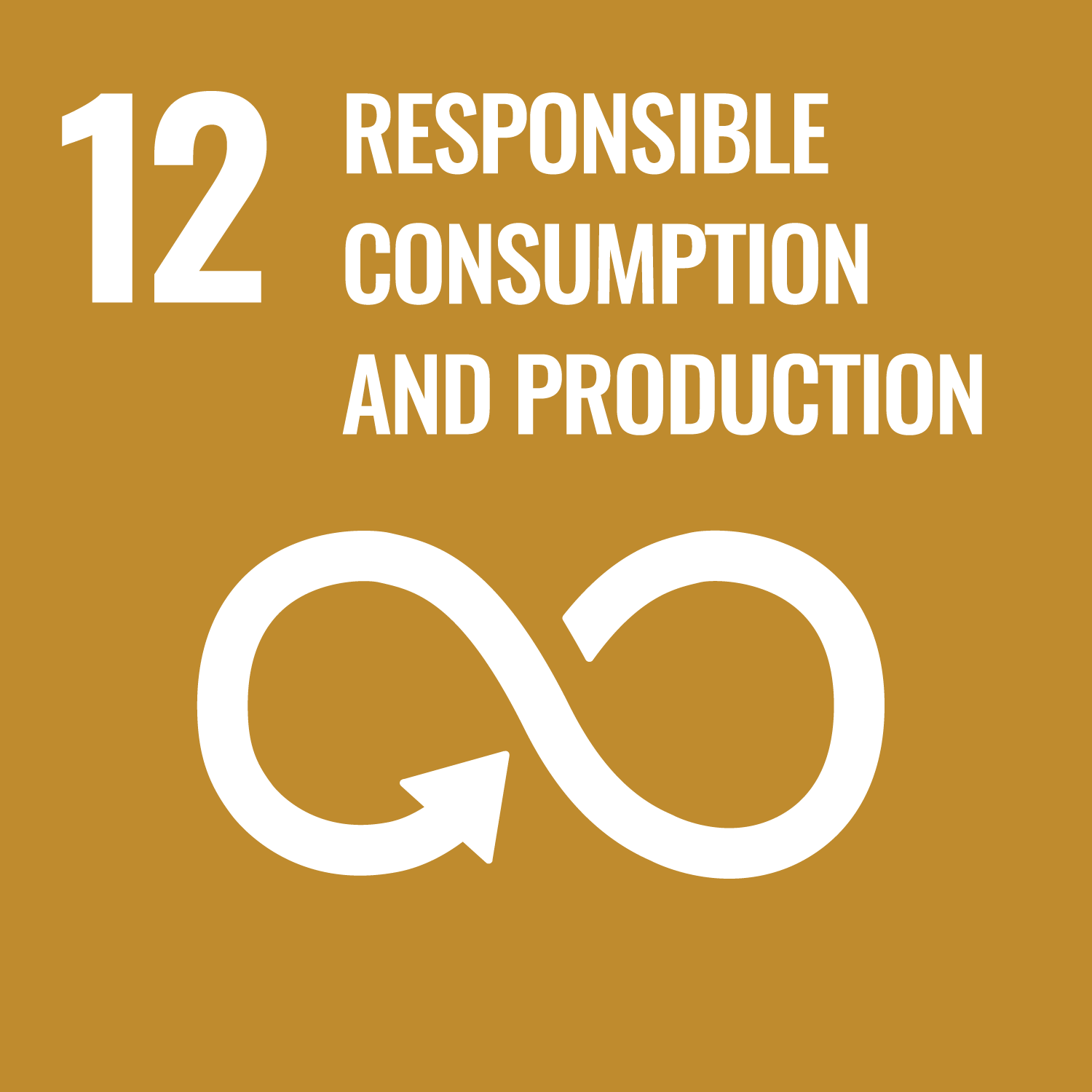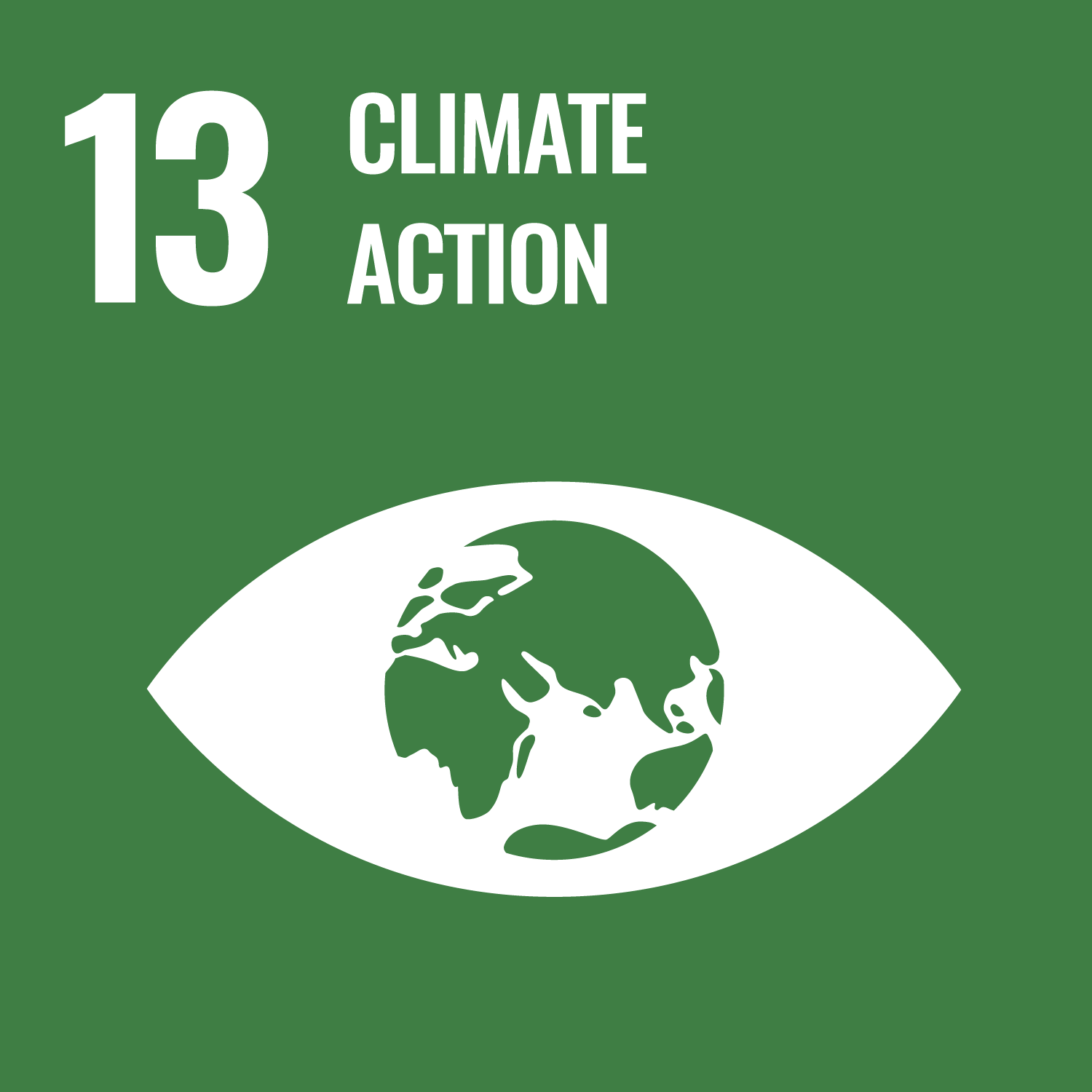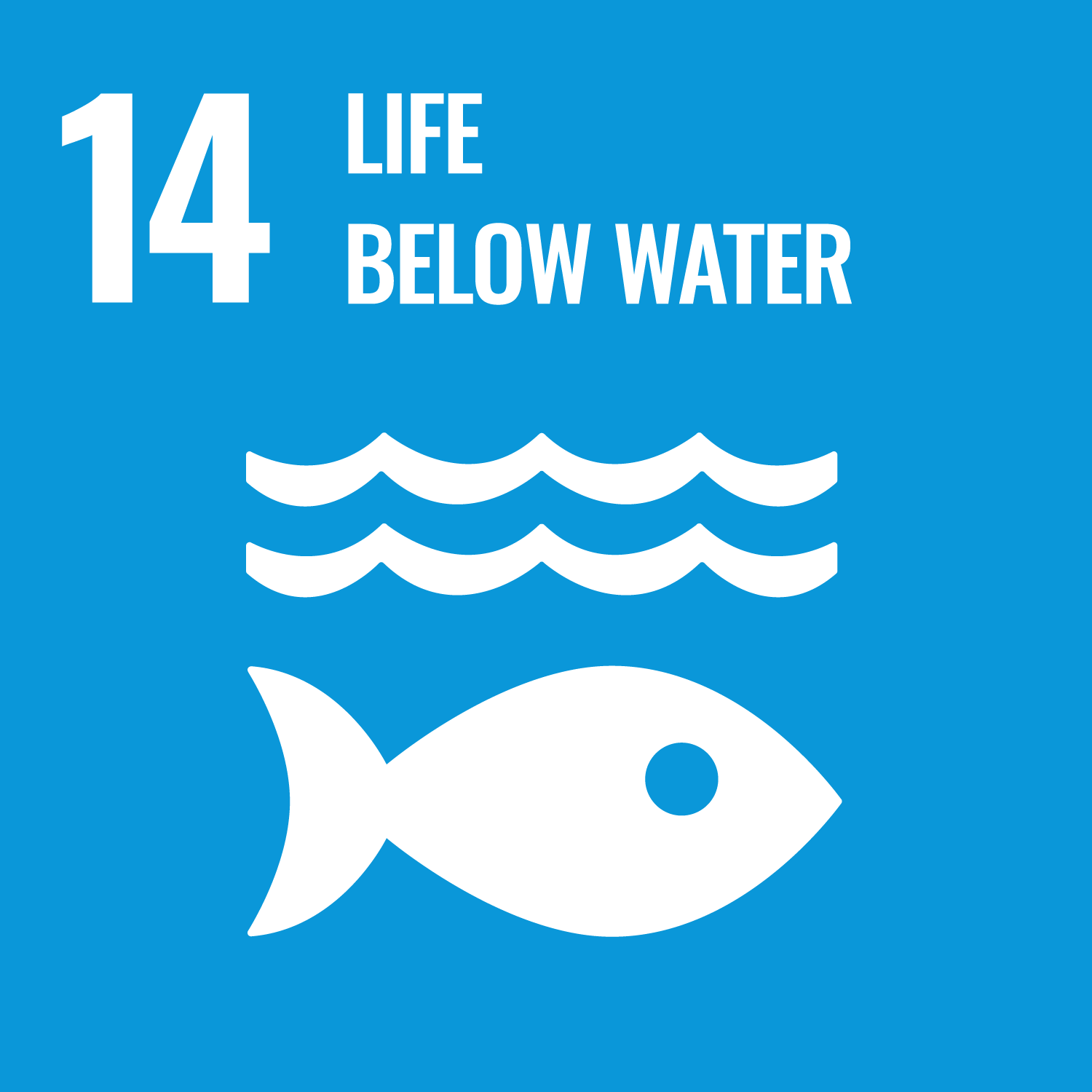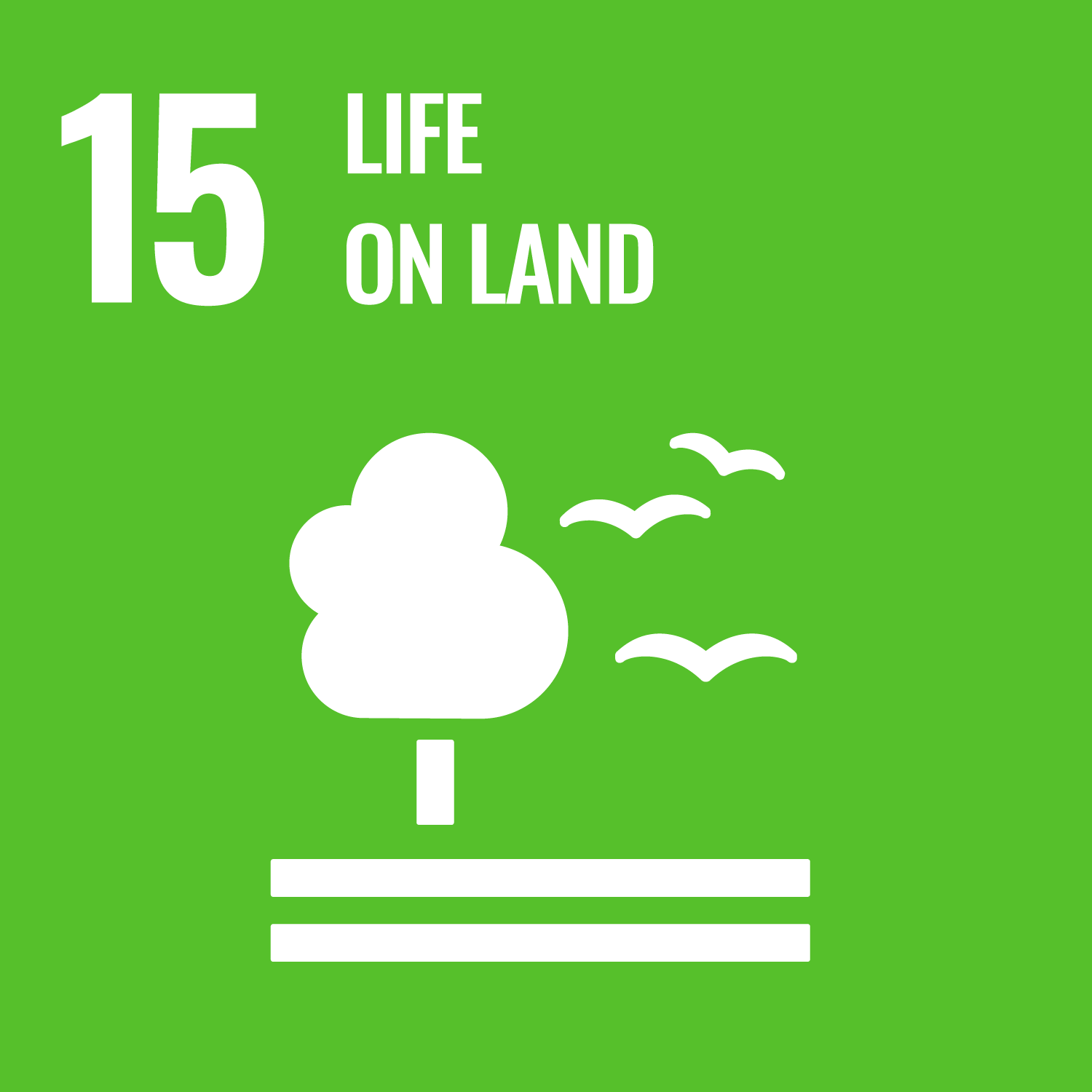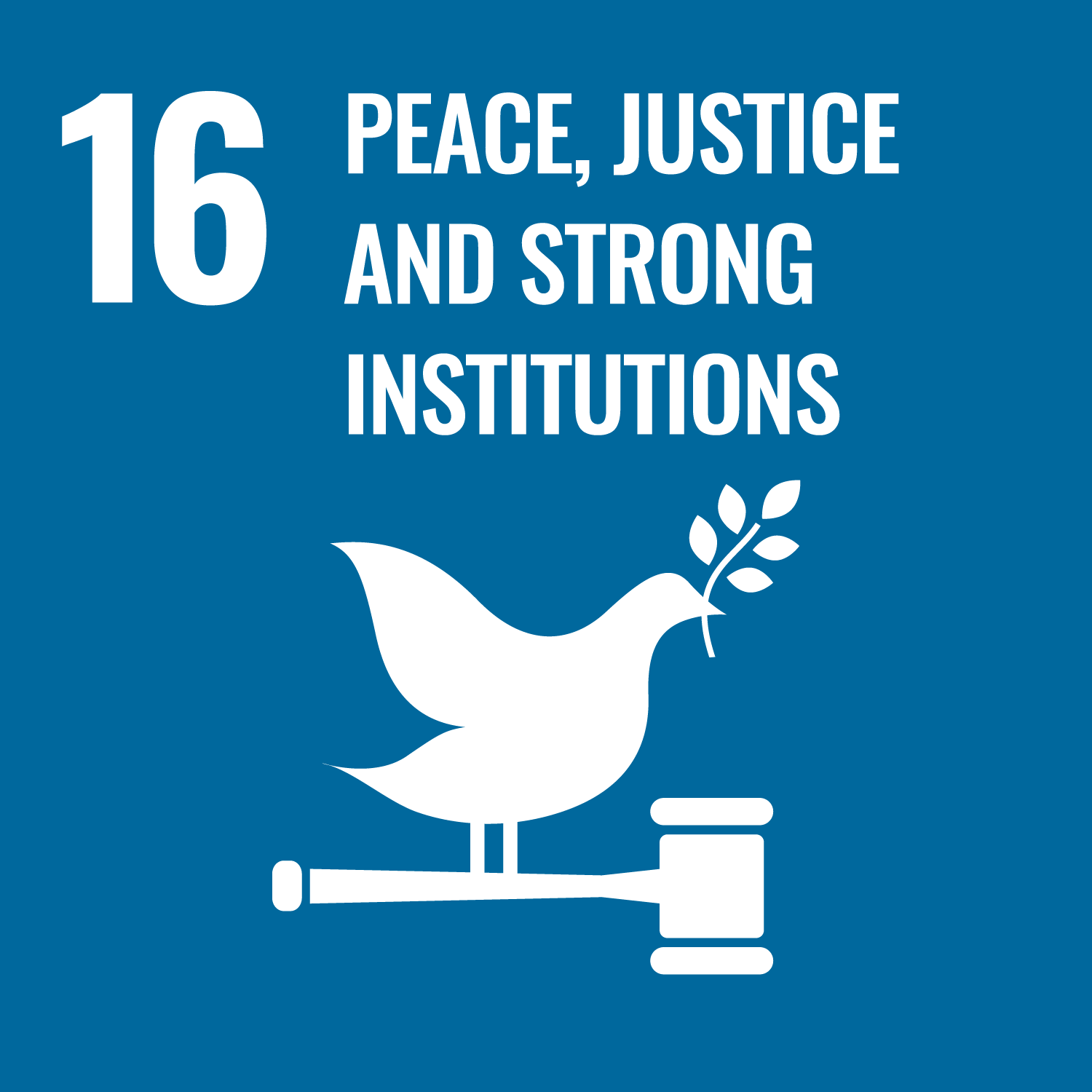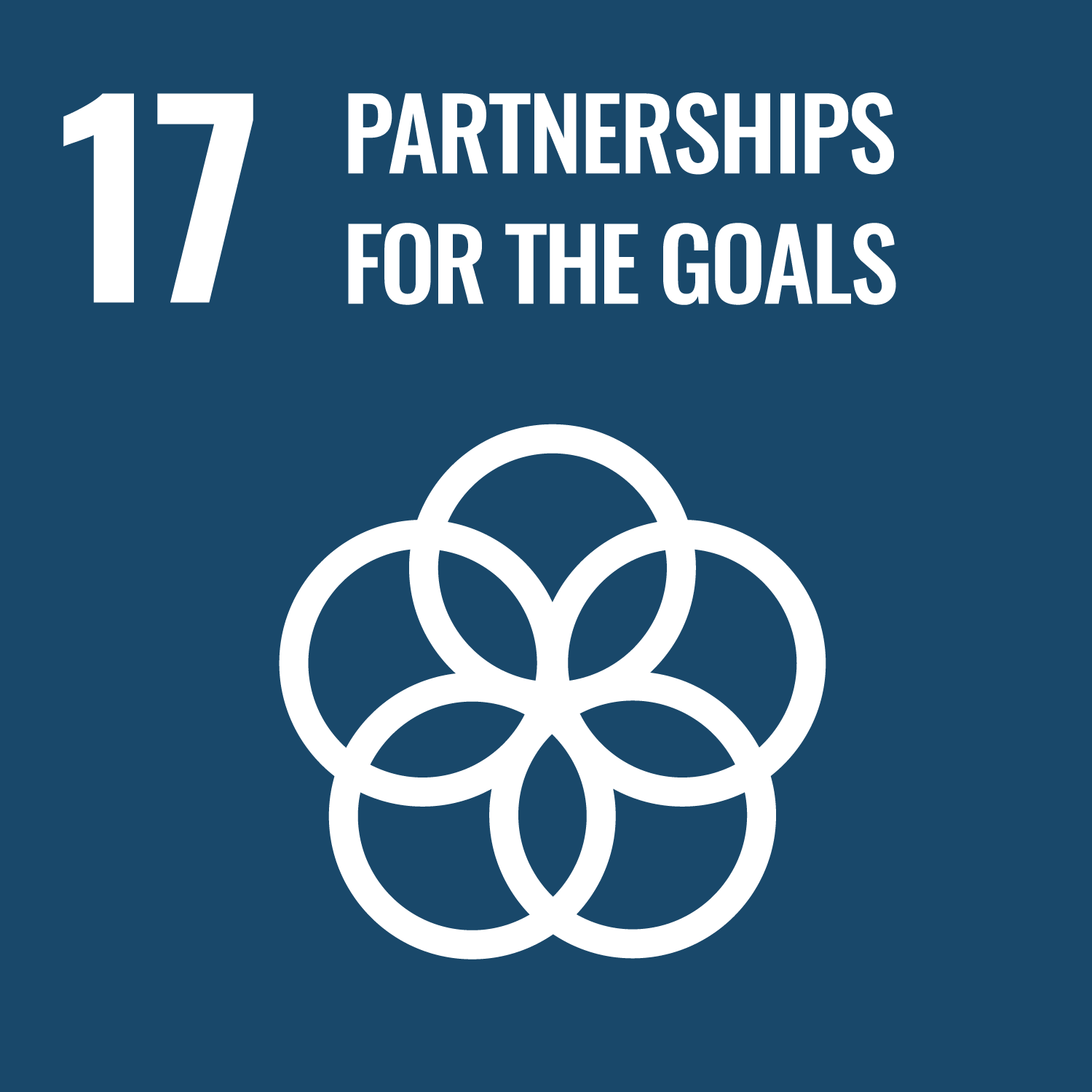Project Overview: From the Earth to the Earth – Management of Residual Fertilizing Materials
“From the Earth to the Earth” stands as a solid commitment where residual fertilizing materials are managed with precision and care. Viridis Environment, founded in 2009 and now acknowledged as the most important Quebec company specialized in the recycling of fertilizing residual materials, offers products and services designed to improve soil health in a natural and sustainable manner. A company focused on recycling both organic and mineral materials, Viridis transports, processes, and distributes these resources to agricultural enterprises across Quebec, with an emphasis on environmental compliance, cost control, and agronomy best practices. The approach is straightforward yet powerful; turning what might be considered waste into a valuable asset that nurtures the soil.
Main Benefits and Key Figures
The service portfolio caters to the needs of different stakeholders with a clear benefit for each group. A careful look at how Viridis Environment serves its clients reveals a dynamic combination of practical solutions and significant industry milestones:
- Founded in 2009 with rapid growth in the recycling sector.
- Acquired ENV Consultants and PM Vac in 2012, significantly broadening expertise.
- Over 600,000 tonnes of residual materials are recycled annually on Quebec agricultural and forestry lands, as well as on degraded sites.
- Dedicated to managing resources from municipal, industrial, and agricultural sectors.
- Provides tailored and turnkey solutions ranging from transportation to material recycling, ensuring economical and safe soil improvement approaches.
Agricultural, Municipal, and Community Solutions
The project unfolds its potential across diverse groups: agricultural producers, municipalities and industries, and citizens intrigued by the process of material recovery and recycling. Agricultural producers benefit from effective fertilizing materials that promote healthier soils, while municipalities and industries find in Viridis a trusted partner for giving a second life to their residual materials. For citizens, the explanation of MRF (management of residual fertilizing materials) offers clarity on how everyday residuals can contribute significantly to a greener future … a truly community-enhancing goal.
Effective Recycling and Sustainable Practices
In daily operations, the project exhibits an unwavering commitment to sustainability and efficiency. Viridis Environment recycles a high volume of residual materials, ensuring that over 600,000 tonnes are annually transformed into functional products suitable for agricultural and forestry land. This initiative not only contributes to waste reduction but also ensures that agricultural producers receive quality amendments and fertilizers. The process is both economical and safe, grounded in robust agronomic principles; every recycled material is a testament to responsible waste management, effective resource utilization, and the clear ambition to protect natural soil health.
Environmental Compliance and Agronomy Best Practices
Adherence to best practices in agronomy is at the heart of the project. The services provided embody core environmental solutions designed to maintain cost control, ensure safety, and meet rigorous environmental compliance standards. With a dynamic portfolio that includes quality amendments and fertilizers designed specifically for agricultural producers, the project emphasizes the importance of turning residual materials into fertilizing powerhouses. Municipalities and industries are given a reliable means to manage their residual materials, while the transformation of these materials into products with fertilizing properties provides a tangible benefit to the agricultural sector – and the environment benefits as well, as thousands of hectares of farmland are rejuvenated over time.
Project Impact on Sustainable Development Goals
- SDG 2: Zero Hunger – Enhancing agricultural productivity through sustainable material use.
- SDG 12: Responsible Consumption and Production – Promoting the recycling and safe management of residual materials.
- SDG 13: Climate Action – Reducing greenhouse emissions by diverting waste from landfills and repurposing them for soil enhancement.
- SDG 15: Life on Land – Restoring degraded sites and improving the quality of agricultural and forestry lands.
A Glimpse into the Legacy of Viridis Environment
Viridis Environment’s story is one of transformation and thoughtful adaptation. From transporting residual materials to recycling organic and mineral amendments, the company has carved a niche in a competitive market by consistently focusing on environmental solutions. Its business model is built on a series of well-strategized steps – starting with the management of residual materials generated by municipal, industrial, and agricultural sources, followed by an expansive network across Quebec that ensures these materials are given a new purpose on agricultural and forestry lands. There is a dynamic interplay between innovation and tradition here, where proven agronomy practices meet modern recycling technologies. The journey has been marked by significant milestones; for instance, the acquisition of ENV Consultants and PM Vac in 2012 stands as a clear demonstration of the company’s commitment to growing its expertise and capabilities. The business approach is not stiff – there is casual fervor in every step, a conversational ease that resonates with partners and stakeholders. This ease is vital when complex technical processes are framed in a way that is engaging and inviting; every bullet point, every achievement is not just a numeral but a promise to the land and its communities. The innovative spirit of Viridis Environment, seen in initiatives like quality amendments and fertilizers tailored for the agricultural sector, contributes to a legacy that provides both tangible benefits and a robust framework for sustainable development. Such a legacy, grounded in environmental compliance and best agronomy practices, continues to thrive, and it paints a future that is as sustainable as it is promising.

